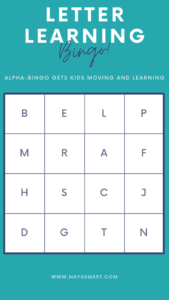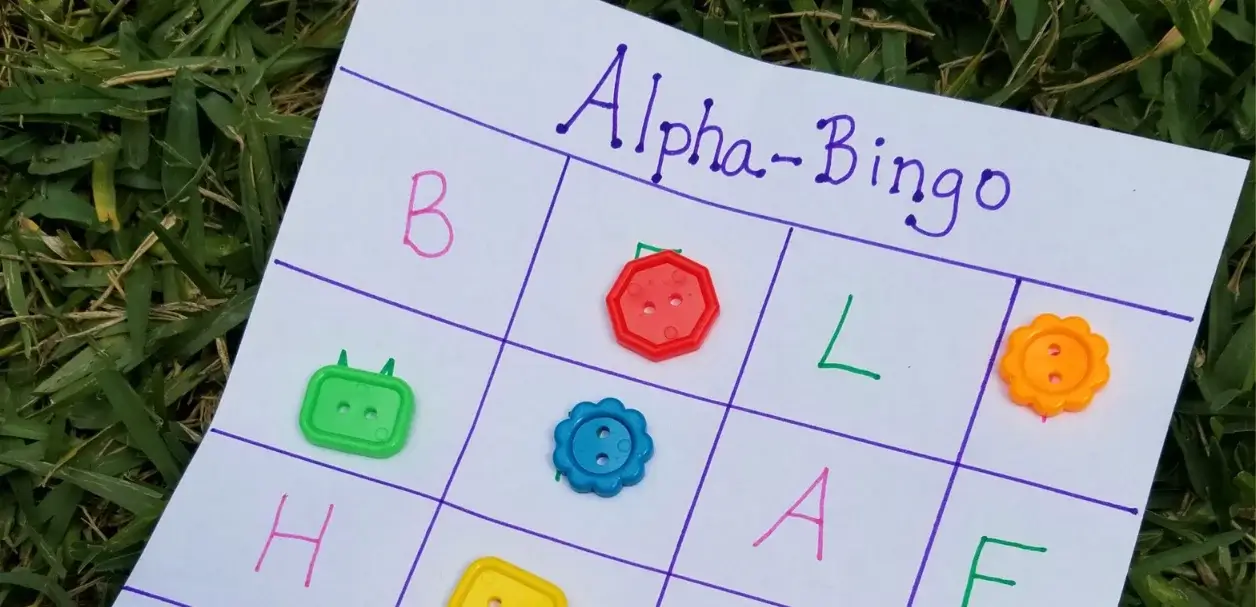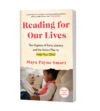Let’s face it, letter names and letter sounds don’t always match up in a way that makes sense. Judging by their names, C should sound like /s/ and G should sound like /j/. Meanwhile, when X starts a word, it makes the same /z/ sound as the letter Z. This can be very confusing for early readers. They need constant reinforcement to internalize these nuances.
Rather than sitting down and drilling letters every day—endlessly drawing lines from the letter C to a clip-art cat—why not help kids match letters and sounds in the world around them? And a fun way to do that is neighborhood alpha-bingo. In this simple literacy game, you and your child will make real-world connections to the letters they’re practicing, all while exploring your neighborhood together. It’s a great way to get kids moving and learning at the same time.
Follow the tips below to make your own DIY alpha-bingo card, or enter your email and we’ll send you a set of printable bingo cards all ready to go.
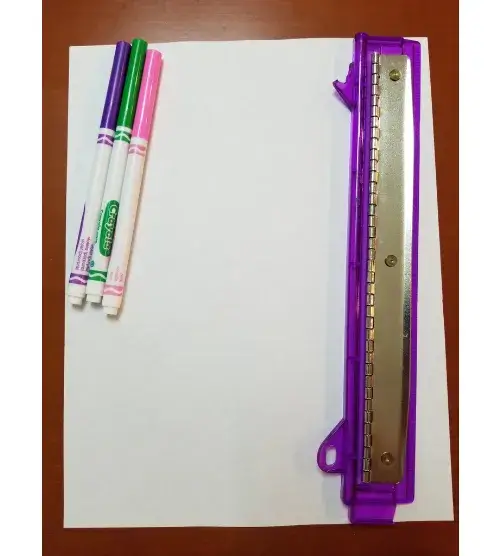
Materials Needed:
- Paper
- Marker
- Ruler
Optional Materials:
- Printer
- Stamp and stamp pad
- Stickers
Cost: Free, if you have these basic materials on hand!
Step 1: Using the ruler to guide you, create a grid of four squares by four squares on a sheet of paper.
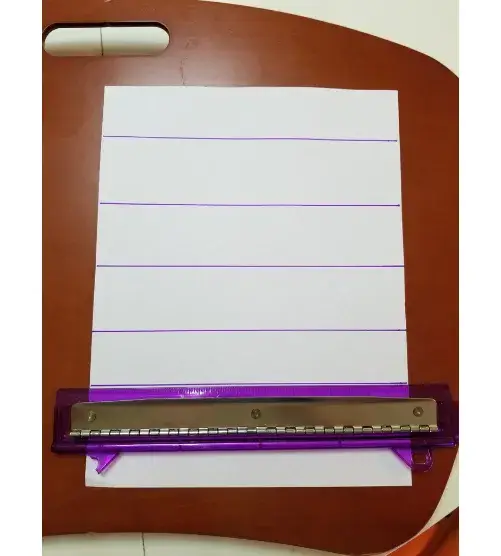
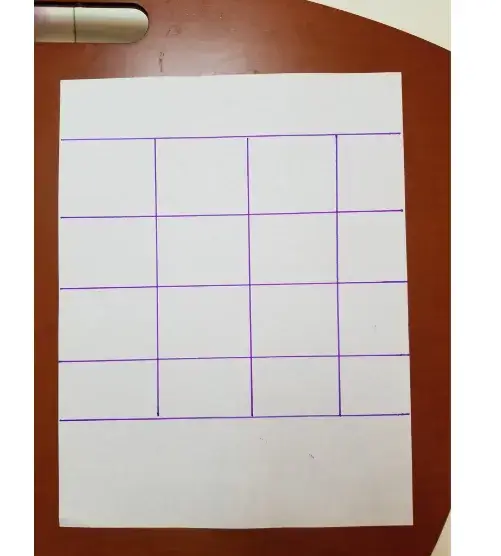
Step 2: In each square, write a single letter. Choose letters that are commonly found at the beginning of words, like T, N, S, P, and H. (It can be hard to get Bingo looking for words that begin with Q or X!) If your child is learning how to write, encourage them to write some of the letters themselves. Tip: If you have more than one player, make each player their own sheet with slightly different letters than the others.
Bonus: If you have a laminator or sheet protector, you can turn the sheets into a dry-erase board to use again and again (just be sure to mark it with dry-erase markers).
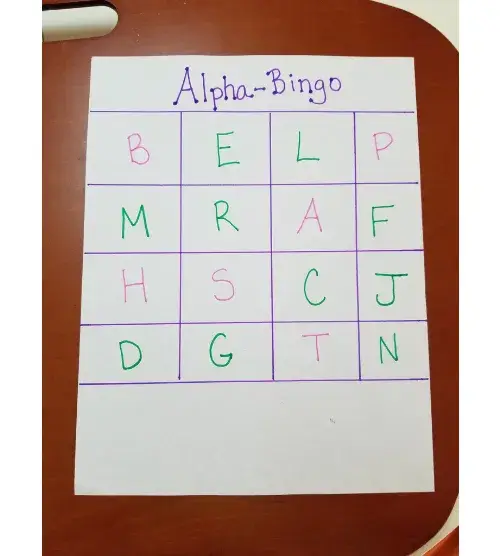
Step 3: Together, review each letter name found on the bingo sheet and its corresponding sound. For letters than can make more than one sound: Use short vowel sounds (e.g., the way “a” sounds in “hat”) and, for consonants that can be pronounced more than one way, use their “hard” sounds (the way “g” sounds in “goat” and “c” sounds in “car”).
Step 4: Give your child their bingo sheet and a marker, stamp, or stickers, then go explore the neighborhood searching for sounds. Every time your child sees something that begins with a letter sound on their sheet, have them mark it with the marker, stamp, or stickers. Four in a row wins the game!

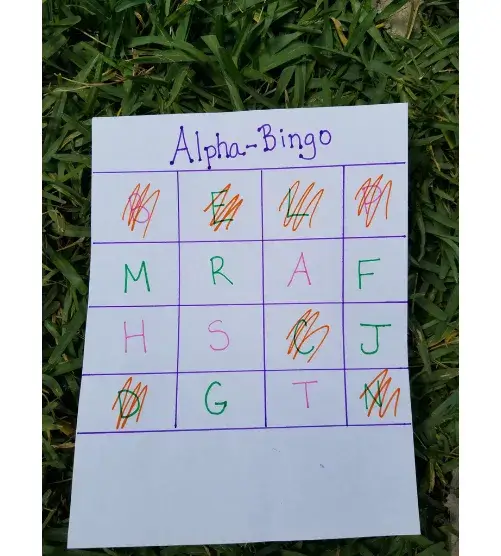
What I truly love about Alpha-bingo is how much of the world feels new to me when I’m with a child. I always expect them to match C with car or H with house, but their little eyes find things I never noticed, and make connections I completely missed. So, while they’re the ones learning to read, I’m the one learning to see.
So what are you waiting for? Let’s b-i-n-GO!
